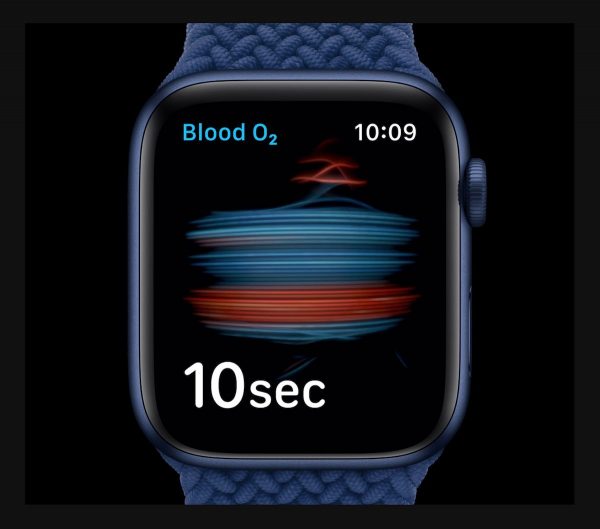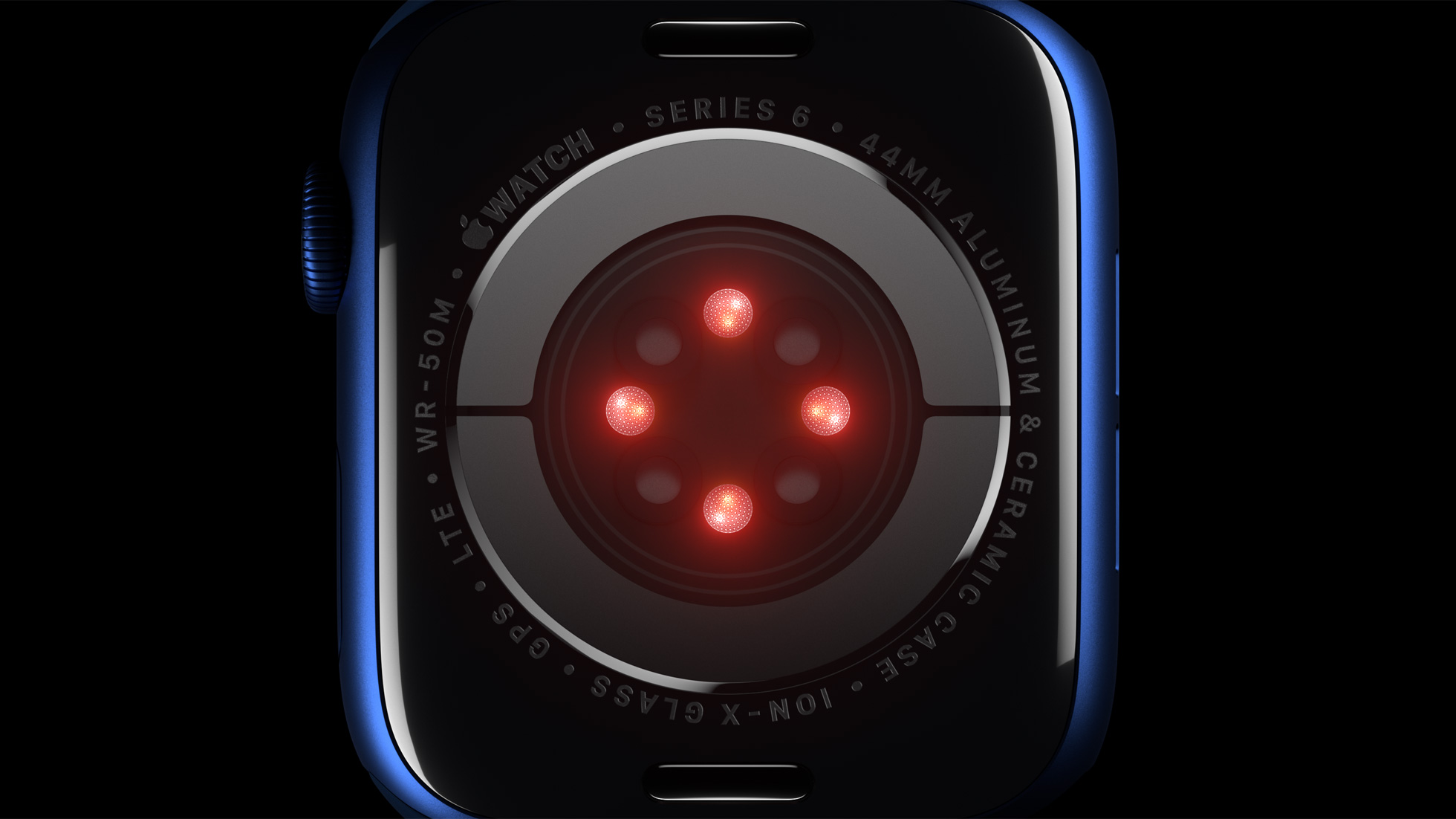The University Health Network recently announced the launch of a new study that is aimed at researching how the Blood Oxygen app on the Apple Watch Series 6 can help in detecting heart failure and progression in its early stages. The Cupertino tech giant is partnering with cardiologist Dr. Heather Ross for this study.
Measuring blood oxygen with Apple Watch is done through its Blood Oxygen app. The feature uses a series of red and green LEDs and infrared light to measure the amount of light reflected by the skin, with advanced algorithms using this data to calculate the color of the blood to derive the blood oxygen level. Bright red blood has more oxygen, while darker red blood has less.

University Health Network heart failure study uses Apple Watch Blood Oxygen app
In this study, data from the Apple Watch will be compared to the physical tests that heart failure patients go through. This will help conclude if the health sensors in Apple’s wearable platform, including the Blood Oxygen app, can actually provide initial warning signs for patients. Furthermore, this study can help decide if patients with serious conditions can do medical assessments at home by themselves.
The research will span over the course of three months and patients from Peter Munk Cardiac Centre will be asked if they want to participate in a monitoring study. Each patient will have to use an iPhone and an Apple Watch Series 6 for validity in results.

“Surfacing heart health insights has played a key role in the evolution of Apple Watch and we’re continually humbled by the responses we hear from users on the impact it has had on their lives,” says Dr. Sumbul Desai, Apple’s vice president of Health.
“My goal is to make high-quality care, accessible to everyone, no matter where they are,” says Dr. Ross. “If we can use wearable technology to accurately monitor for essential diagnostics, we can reach all kinds of people, including vulnerable communities who traditionally have been challenged by issues of remote geography or homelessness.”
Read More: